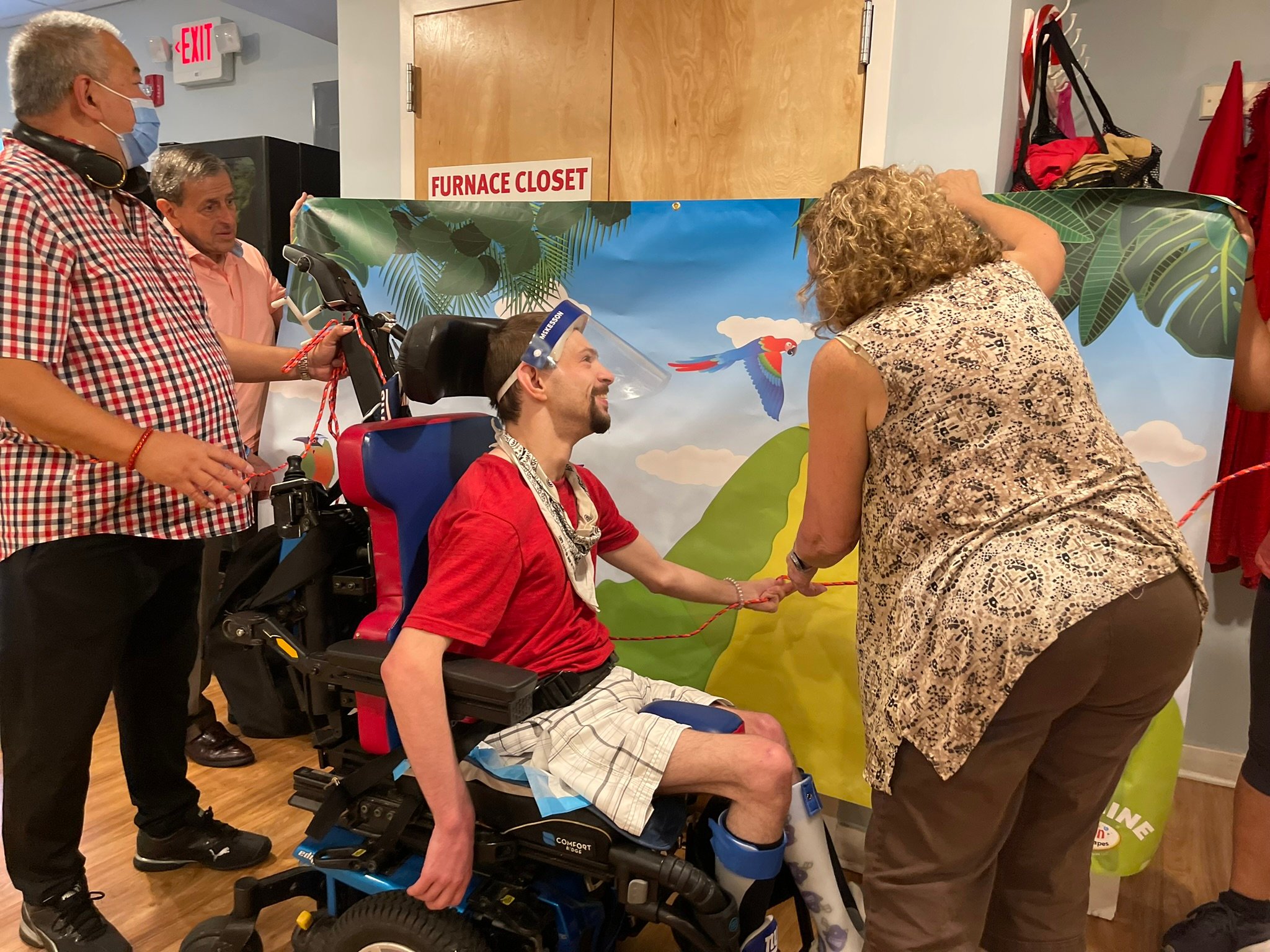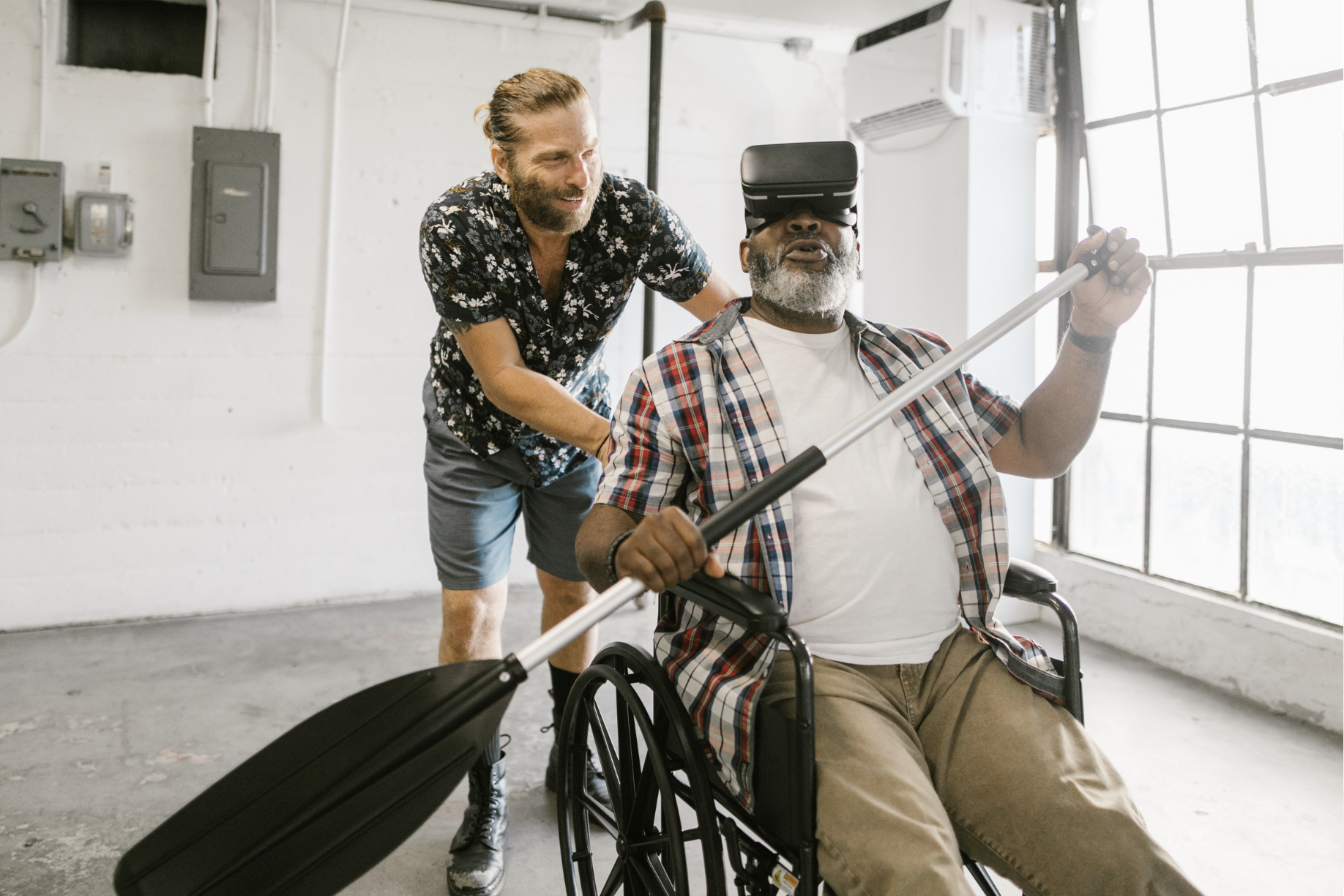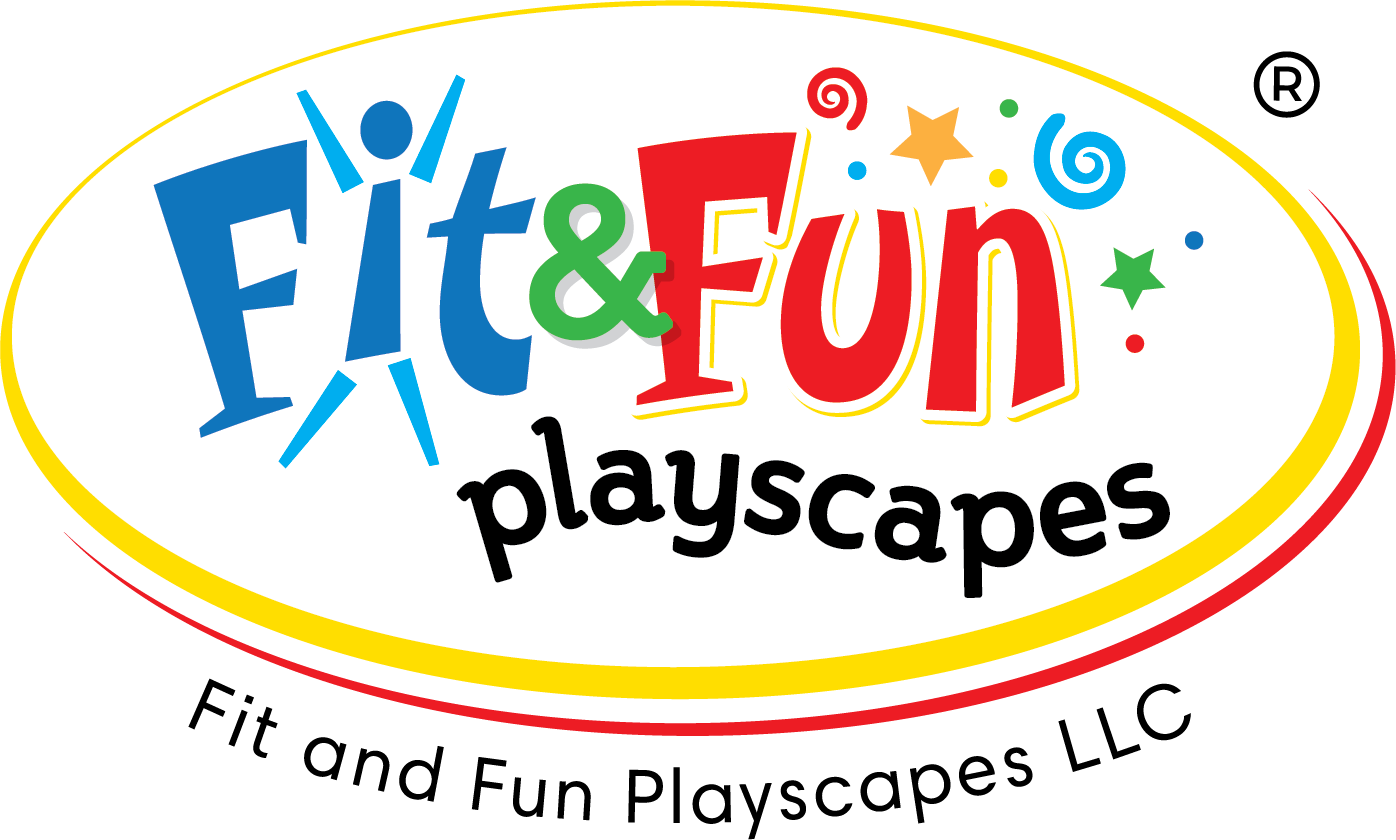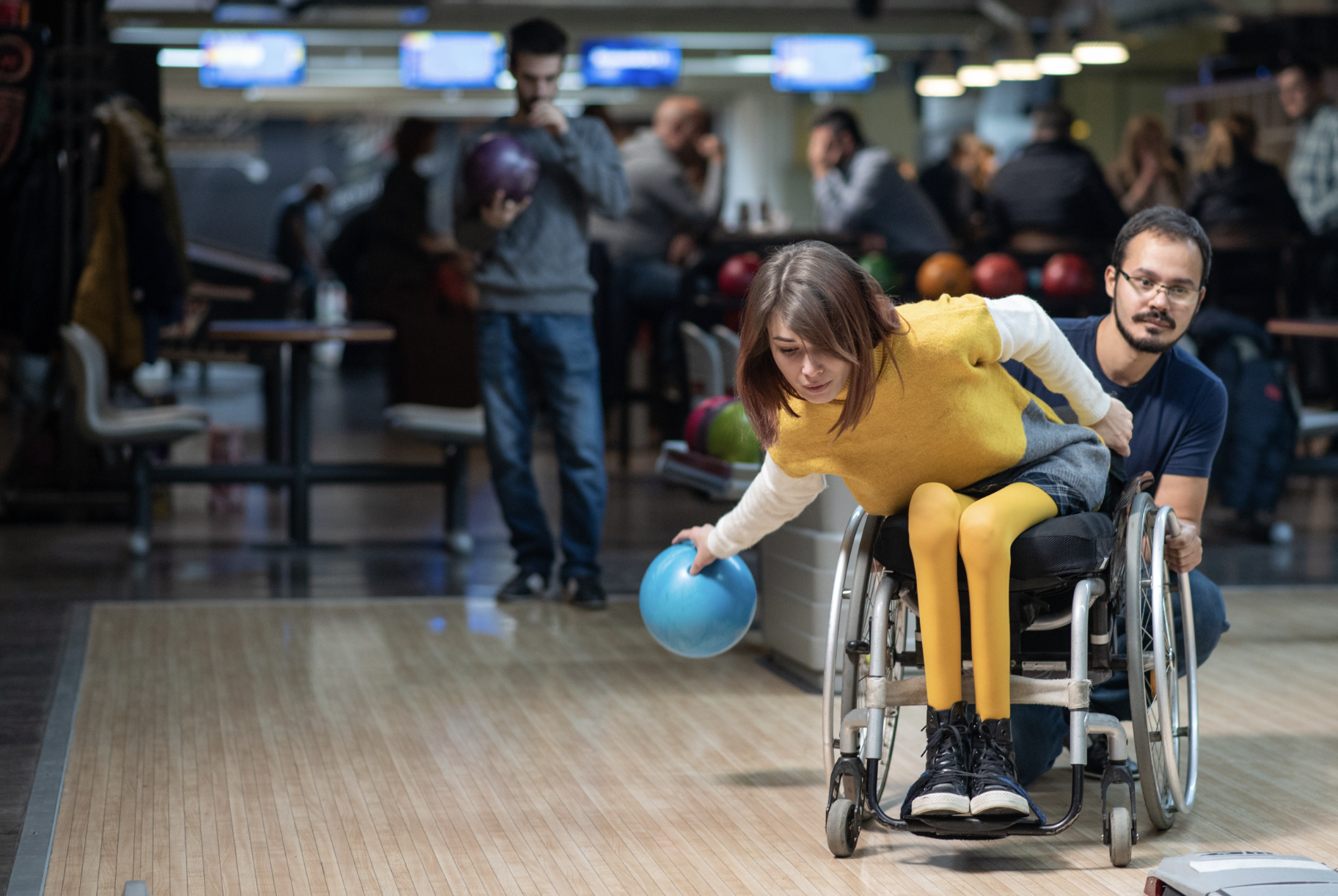PART 1 - A Forgotten Group of Friends
Modern sport and wellness trends have dramatically transformed the global culture for most people. Communities, families, and individuals have gained immense exposure to the benefits of fitness as well as competitive play. This decades-long shift has provided generations of people with incredible opportunities to grow, share, and connect with others.
There is a group of people that have mostly been left behind when it comes to the benefits of sports culture growth. People deemed as medically fragile and/or having multiple handicapped conditions are overwhelmingly overlooked and underserved.

The focus of this series will be to highlight the need for greater movement opportunities for people with unique medical, motor, sensory, cognitive impairments, and to offer thoughtful and effective
A Pathway Forward
Clearly while "traditional" sport/fitness offerings may not create a strong match between the nature of an activity and the abilities of a person with unique needs, there is a pathway for meaningful engagement.
Physical and Occupational Therapists and Healthcare Providers play a huge role in prescribing what daily exercises take place in group homes, hospitals, and day programs. Additionally, parents who self-care for their children also select from traditional medically prescribed movements. While there is no argument that the professional expertise offers thoughtful and well designed activities, there is a way to safely broaden movement experiences.

We encourage all parties to embrace a few simple but powerful principles of inclusive methodology.
Principal 1 - All movement matters and all matter moves.
Regardless of whether a movement pattern creates a traditional outcome such as an overhand throw, catch of an object, kick of a ball, strike with paddle or a simple extension of an arm or hand, it is still a movement that can be adapted into an activity. A great example of this can be seen in the sport of bowling. Traditional bowlers will use their entire body to step, swing, and release the ball toward the pins. Yet, adaptive bowling allows individuals with limited movement abilities to simply push/tap a bowl from the perch of ramp that guides the ball toward the same set of pins. Both styles create the same result, and allow for the same social and emotional response.
Principal 2 - Some is all.
Too often the obstacle for opportunity is established by a belief that presumes that a person must first possess the majority of the "fundamentals" of an activity prior to being able to participate in an activity. This approach is best described as the "Principle of Progression", which completely minimizes creativity and thoughtful placement of personal ability in an activity. A great example of where "personal" ability rises is seen when individuals are placed in special roles; (i.e. a relief baseball pitcher who comes in to only pitch against lefties, or a player brought into a basketball game to create a defensive stop.) Specialization is a highly regarded, common act in pro sports, yet the practice is seldom adopted in community or school based recreation activities where individuals with unique needs could be embedded as well.
Principal 3 - Not all success is observable and measurable.
Sometimes the obvious is not obvious. All people demonstrate emotions differently, and just because some individuals aren't able to verbalize or express excitement and joy doesn't mean that they don't feel it. We recommend that while moving through new experiences that activity leaders don't cut short experiences simply because a person may not demonstrate a change in emotion. It's impossible to truly know what someone is feeling, so why not assume that they are enjoying their involvement.
Keep an eye out for the second part of this blog, as it will provide specific examples of how to best engage people of all abilities!






Leave a comment